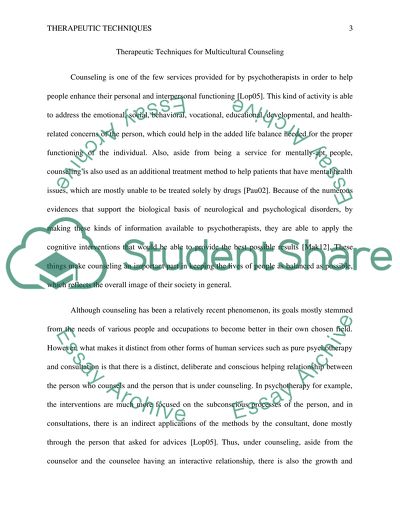Cite this document
(“Therapeutic Techniques for Multicultural Counseling Research Paper”, n.d.)
Therapeutic Techniques for Multicultural Counseling Research Paper. Retrieved from https://studentshare.org/psychology/1402693-therapeutic-techniques
Therapeutic Techniques for Multicultural Counseling Research Paper. Retrieved from https://studentshare.org/psychology/1402693-therapeutic-techniques
(Therapeutic Techniques for Multicultural Counseling Research Paper)
Therapeutic Techniques for Multicultural Counseling Research Paper. https://studentshare.org/psychology/1402693-therapeutic-techniques.
Therapeutic Techniques for Multicultural Counseling Research Paper. https://studentshare.org/psychology/1402693-therapeutic-techniques.
“Therapeutic Techniques for Multicultural Counseling Research Paper”, n.d. https://studentshare.org/psychology/1402693-therapeutic-techniques.


